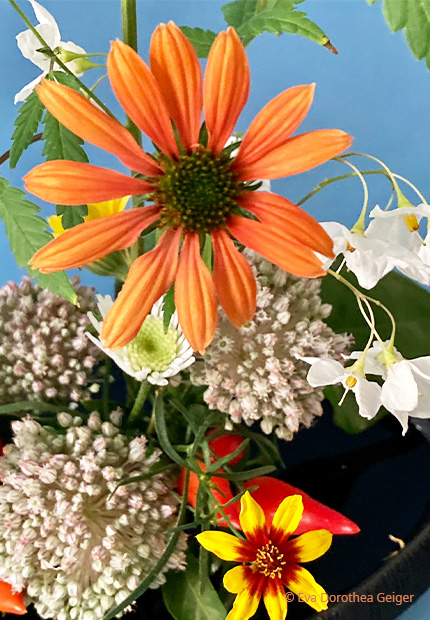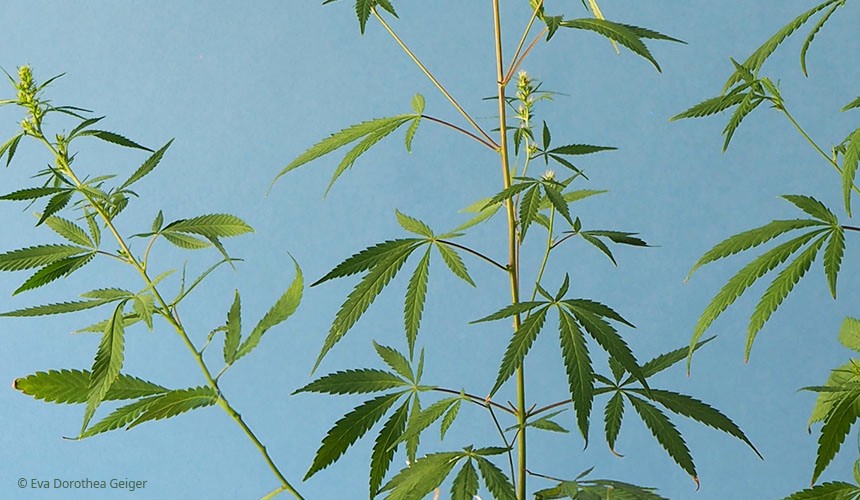
Cannabis, also known as marijuana or hemp, is a versatile plant with a rich history and a wide range of applications that has been used for thousands of years for various purposes. Originally from Central Asia, it is now cultivated worldwide. In ancient cultures, it was used both as a medicinal remedy and as a raw material for making textiles, ropes and paper. The oldest records of the medicinal use of cannabis come from China and date back around 5000 years. In India and in the traditional Japanese religion, Shintoism, cannabis was revered as a sacred plant and was used in religious rituals.
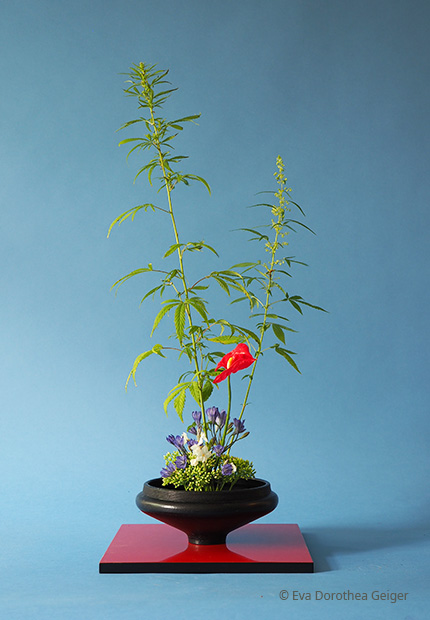
In Japan, cannabis has a complex and often misunderstood history. The laws and social perception of cannabis in Japan are particularly strict and conservative. Before the modernisation of Japan in the 19th century, hemp was also an important part of Japanese culture and economy. After the Second World War, Japan was occupied by the USA and the Cannabis Control Law was introduced in 1948. This law prohibits the cultivation, possession, sale and consumption of cannabis. It is one of the strictest cannabis control laws in the world, and offences are punished with severe penalties, including long prison sentences and heavy fines. Unlike many Western countries, Japan has not yet enacted comprehensive laws on the medicinal use of cannabis. There are very few exceptions where certain cannabinoids may be used in strictly controlled medical trials.
The seeds of hemp, which were processed into oil, were an elementary part of the diet for thousands of years and were even considered a means of payment by the Chinese from 500 BC. The government tax could be paid with hemp stalks. Around 900, Charlemagne issued a decree requiring farmers to grow hemp and allowing them to pay their taxes with hemp seeds. From the 1630s until the early 19th century, it was used as legal tender. George Washington and Thomas Jefferson (one of the founding fathers of the United States) were also hemp farmers. Hemp also played a major role in the invention of paper. In a tomb more than 2000 years old in Shaanxi province (central China), paper made from hemp was found on the back of a bronze mirror. Hemp paper is much more durable and robust than the cheaper, but also lower quality wood cellulose paper, which was used after 1850 and replaced paper made from cannabis. Not only the Gutenberg Bible was printed on hemp paper, but also the entire world literature from Cervantes to Schiller was published in books bound with hemp paper.
While Carl von Linné still assumed in 1753 that Cannabis sativa was a monotypic genus, Karl W. Hillig systematised it into the species Cannabis sativa and Cannabis indica in 2005.
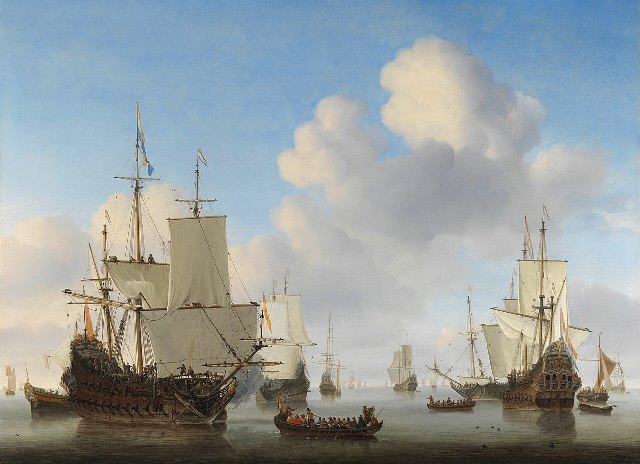
The versatility of hemp can be seen in the painting by Willem van de Velde the Younger from around 1665: The oil colours that were applied to the 'canvas' made of hemp fibres (i.e. actually 'hemp wall') were not only mixed with linseed oil at this time, but also with hemp oil, which was also used as fuel for the oil lamps. The sailcloth and ropes of the ships were also made of hemp, as the material was more durable and tear-resistant than other natural materials. Several tonnes of hemp were needed to equip a sailing ship and every two years or so the entire rigging was replaced, as were the sails after a long voyage.
Hemp thus formed the basis for the Dutch East India Company and its trading ships to cross the oceans and return richly laden with exotic goods. It was also the basis for the Golden Age, in which the young nation became wealthy through trade.
For the production of paper, textiles and foodstuffs, only cultivated varieties of Cannabis sativa are used, which are regularly and strictly tested for their THC content and included in an EU list of varieties.
In ikebana, the cannabis sativa variety is used here and a sailing ship with masts and sails made from the cannabis plant, which navigates through the shallow sea, loaded with numerous, sometimes exotic plants and fruits.
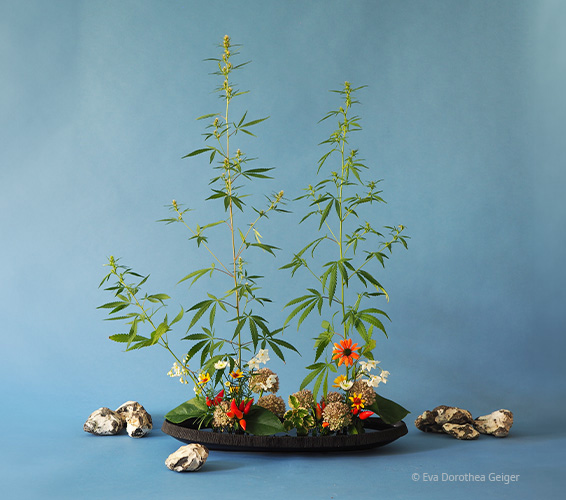
JIYŪKA - Cannabis sativa, Echinacea, Solanmum jasminoides, Capsicum chinense, Chrysanthemum, Euonymus japanicus, Allium, Coreopsis lanceolata, Anthurium leaves, stones

